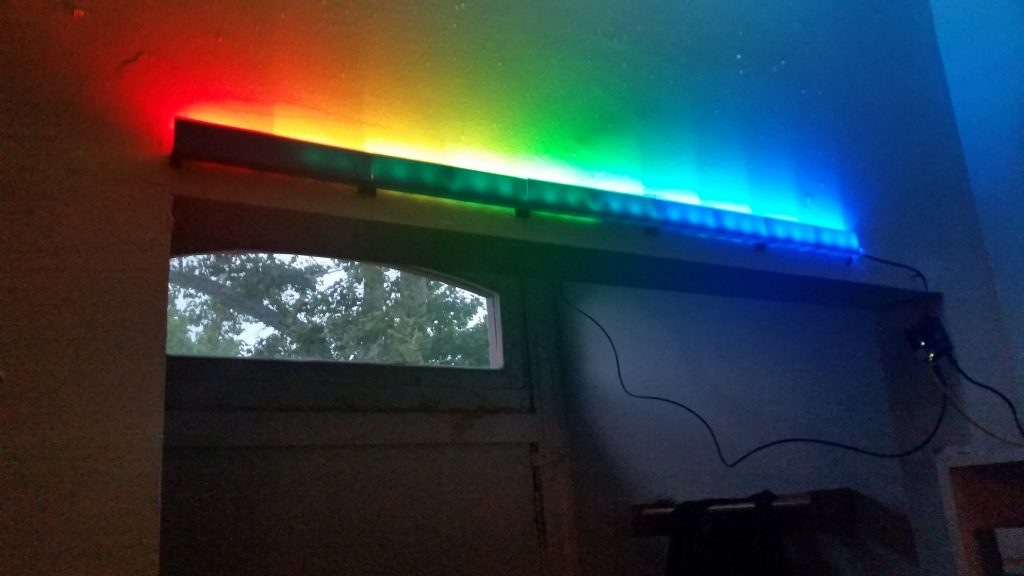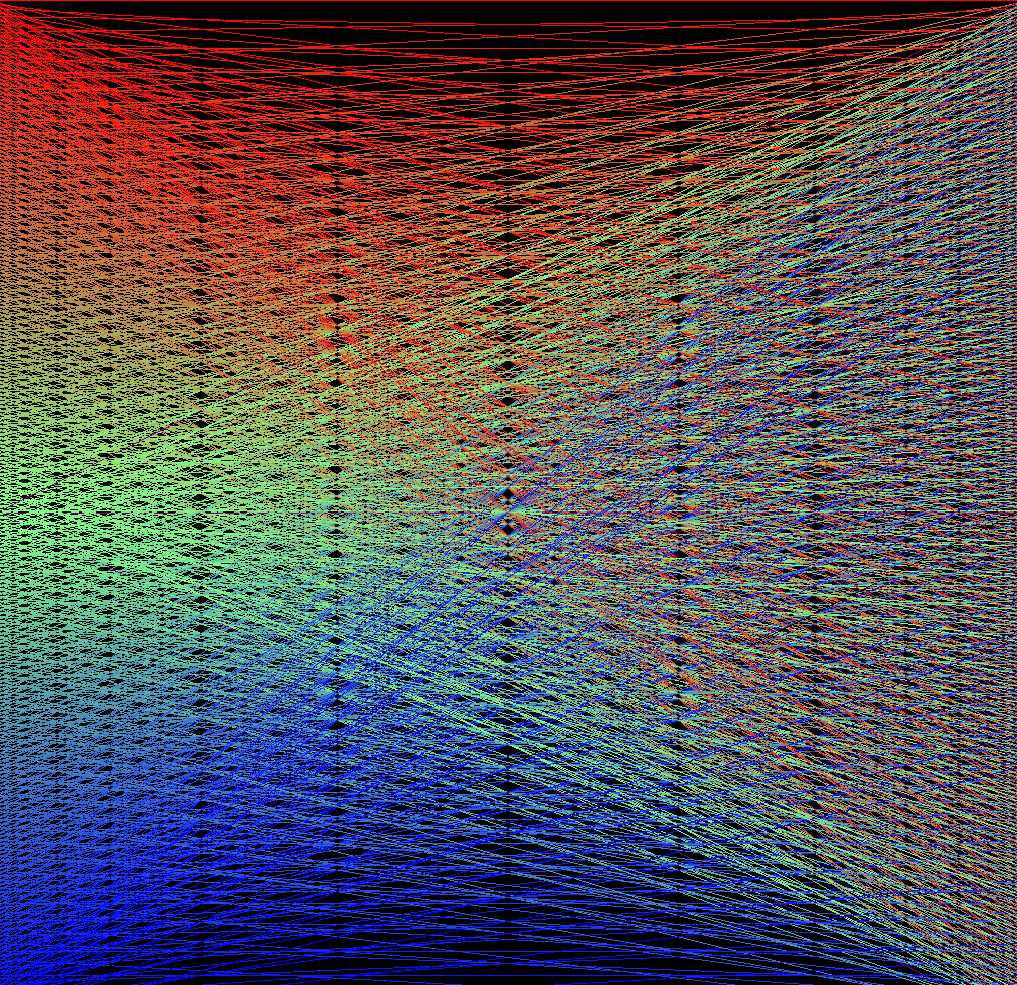UPDATE: 2021 here; the EM drive appears to have been refuted. To the best of our current understanding, there is insufficient evidence to reject the null hypothesis.
Boo. But if it doesn’t work, we need to know that so we work on something else.
——–
The EM drive, weird as it sounds, just keeps passing peer review. It’s starting to look like we’ve found something genuinely new here — an inertial drive! Until recently, that was considered science-fantasy by most — a way of changing velocity without “pushing” against something else.
In short, it throws Newton’s third law of motion out the window.

This copper frustum could end up being as famous as the first transistor.
It’s a very small effect — about 1.2 millinewtons per kilowatt, give or take ten percent or so. That’s a very subtle effect — one millinewton is about one twentieth of the force needed to lift a dime — but one that can be constantly applied over hours, days, weeks, months, or years, with no propellent needed.
If it works — if this effect is real — we’ll be able to build much more efficient (meaning faster, cheaper, and larger) long- and medium-distance spacecraft.
And if past technologies are any indication, the test model is probably terribly inefficient. Faraday’s first electric motor, after all, was just a wire spinning around in a mercury bath. From such humble beginnings, however, came all of our modern electric motor technology.
TL;DR (physics geeks): Don’t look now, but conservation of momentum might not be a thing, after all.
TL;DR (everyone else): If this works, we just got a LOT better at building spaceships. Not faster-than-light better (at least this year), but way, way better. Like go-to-Mars-for-the-week-someday better.





